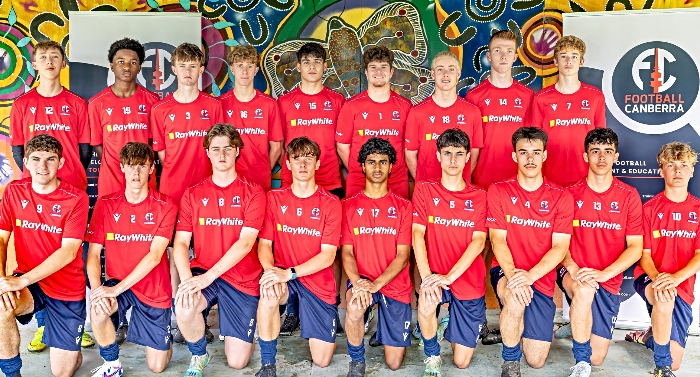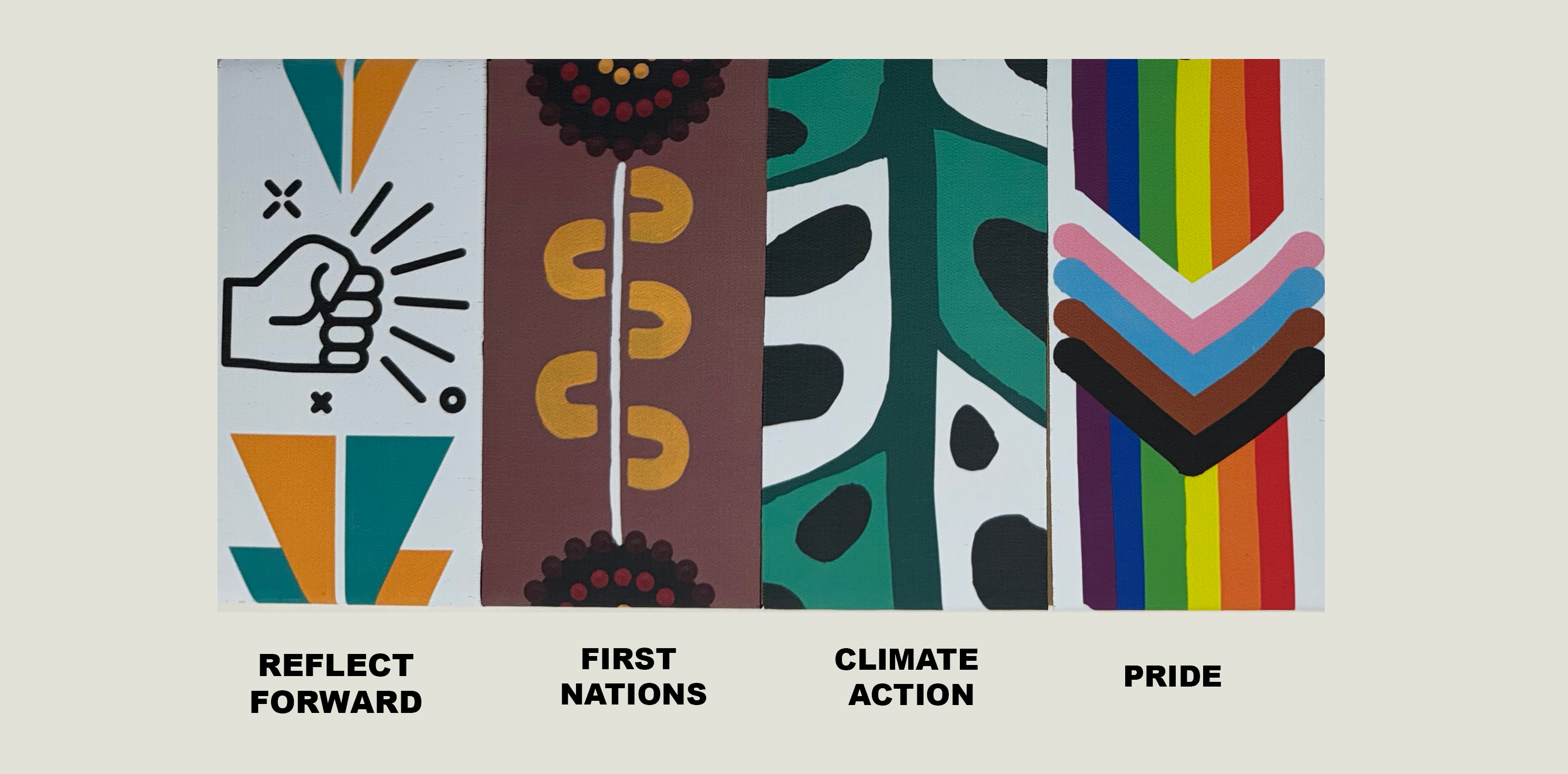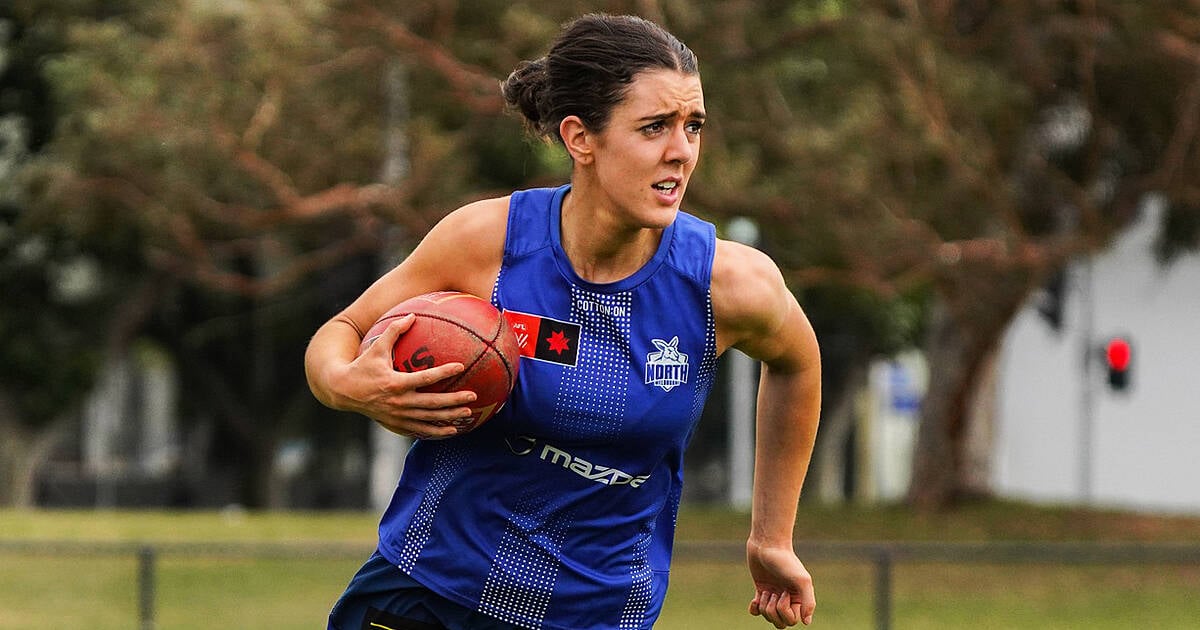One campaign ends, another begins

- by Admin
- August 28, 2024

Port Adelaide will look to continue its strong momentum into the 2024 finals series. Image: Matt Sampson.
WHEN Connor Rozee went to his first gathering of his colleagues as AFL captains in Melbourne in early March it would have been impossible to ignore how the cynicism towards Port Adelaide had infiltrated his peers.
Just seven of his 17 fellow AFL club captains rated Port Adelaide as a finals contender this season. There was more optimism for the neighbours at West Lakes, 10 votes. The final verdict is Port Adelaide is the higher-ranked South Australian club for the seventh consecutive year.
And the lingering doubt continued outside the captains’ room to become a concept in the more relevant national talk cycle. This was despite Port Adelaide addressing key needs at the trade table in October, strengthening its key defensive needs with Esava Ratugolea (from Geelong) and Brandon Zerk-Thatcher and restocking its ruck battery with Jordon Sweet (Western Bulldogs) and Ivan Soldo (Richmond).
Port Adelaide recruits Brandon Zerk-Thatcher, Jordon Sweet, Esava Ratugolea and Ivan Soldo. Image: Matt Sampson.
By the end of May – when Port Adelaide had collapsed in the last quarter at home to Carlton on the Thursday night stage – the reviews for a team with an 8-4 win-loss record were recycling a well-known theme.
“The old fake top-four team,” said Hall of Fame Legend and Hawthorn great Jason Dunstall of Port Adelaide.
The final verdict again is a firm rebuttal with the numbers telling no lies this time. Port Adelaide finished the 23-game home-and-away series outright second – and as a top-four qualifier for the fourth time in five seasons.
And who did Port Adelaide beat, in particular among its top-eight rivals?
League leader Sydney fell to Port Adelaide for the eighth consecutive time – and with a phenomenal 112-point margin – at the start of August.
Qualifying final opponent, third-ranked Geelong, was beaten on its home deck at Kardinia Park by six points in early May.
The fast-rising Hawthorn was bitten by Port Adelaide in a dramatic finish – capped by Darcy Byrne-Jones’ match-winning goal off the ground at Adelaide Oval a week later … and shortly before Dunstall developed his “fake top-four team” theory and gathered other critics to form the chorus to this theme.
Darcy Byrne-Jones’ game-winner against Hawthorn will long live in the memories of the Port Adelaide faithful. Image: AFL Photos.
Port Adelaide also has beaten the attacking-minded Western Bulldogs by 48 points at Adelaide Oval in early July; and has a 1-1 record against the eighth qualifier for the finals, Carlton.
The scars are losses to fourth-ranked Greater Western Sydney (by 23 points in Sydney in mid-June) and that nightmare against Brisbane (79 points at Adelaide Oval the week after the GWS loss). But much has changed since these two results, the latter being a watershed moment for Port Adelaide.
All up, this leaves a 5-3 win-loss record against the seven remaining rivals in the top-eight race to glory in September.
Hardly fake ….
FINAL COUNT
WINS: 16
LOSSES: 7
HOME (at Adelaide Oval): 9-4
AWAY: 7-3
BEST WIN: Hard to look past the clinical 112-point triumph against Sydney at home in round 21 that added seven percentage points to Port Adelaide’s tally. But that win in Showdown LVI in round 23 did make a statement about how Port Adelaide can deal with the way Australian football is played in September.
Port Adelaide’s biggest win of the home and away season came against ladder-leaders Sydney in Round 21. Image: AFL Photos.
SUCH strength at both home and on the road (particularly in Melbourne where Port Adelaide won two of three games at the MCG this season) is a sound pointer to what could unfold in September.
Port Adelaide, as the second-ranked qualifier, is assured of two home finals at Adelaide Oval starting with the qualifying final against Geelong on Thursday week.
The best scenario is to not travel again until the grand final at the MCG on Saturday, September 28. This would be by the home qualifying final leading – with victory against Geelong – to a home preliminary final against any of Sydney, Greater Western Sydney, Brisbane or Carlton.
The alternative path is a preliminary final in Sydney or west Sydney after a home semi-final against the winner of the Western Bulldogs-Hawthorn elimination final.
“We have created this chance,” says Brownlow Medallist Ollie Wines who has lived all seven tilts at the flag since 2013. “Now we have to make the most of it.”
THE PLAYBOOK
SCORED: 2011 points (least of all finalists)
CONCEDED: 1752 (third best)
WHEN Jason Dunstall labelled Port Adelaide as a “fake” top-four contender, his concern was based on a defensive system that “leaked like a sieve”.
Since the biggest leak in 13 years – the 152 points conceded to Brisbane at Adelaide Oval in round 15 – Port Adelaide has been mean. Miserly, to be precise. It has conceded on average just 10 goals a game while winning eight of the last nine matches of the home-and-away series.
Since starting a finals-like run to September with the round 20 clash with Carlton at Marvel Stadium, Port Adelaide has revealed a defensive edge – and not just in the back 50 – that contrasts so much of previous campaigns that did not go the distance in September. None of Carlton, Sydney, Melbourne, Adelaide or Fremantle made it to 10 goals in matches that carried either the pressure or expectation that comes with finals.
“That brand of footy,” says Ken Hinkley, “will give us a great chance.”
Port Adelaide held its opponents to less than 10 goals for the last five home-and-away matches. Image: AFL Photos.
THE DIFFERENCE
SAME but different. Remarkably, this year’s finals campaign begins just as those of 2020 and 2021 – with home qualifying finals against Geelong.
The previous two were both won by holding Geelong to 42 and 43 points respectively. From the 2021 qualifying final, just 11 players remain available for selection – Aliir Aliir, Miles Bergman, Travis Boak, Ryan Burton, Zak Butters, Darcy Byrne-Jones, Charlie Dixon, Willem Drew, Todd Marshall, Connor Rozee and Ollie Wines.
Where Robbie Gray was a threat at the goalsquare, there is a goalsneak with invaluable knowledge of premiership glory in Willie Rioli (West Coast in 2018).
Where the ruck battery rested on the shoulders of Scott Lycett and Peter Ladhams, there is Jordon Sweet, Dante Visentini and Ivan Soldo.
Rozee and Butters today have in their midfield rotations the power of Jason Horne-Francis, who like Port Adelaide in the past month, has developed a deep focus to reflect a young man and a team on mission.
Where defence was Aliir Aliir and Trent McKenzie in 2020 and 2021, it is now Aliir and Brandon Zerk-Thatcher who has stood out as a tradesman in a key defensive role during the second half of the season.
Aliir Aliir and Brandon Zerk-Thatcher have been key pillars in defence. Image: AFL Photos.
THE BIG NOTES
FROM the home-and-away campaign that has given Port Adelaide a new definition for September are significant notes on individuals who have strengthened the team unit:
MILES BERGMAN: Simply, never gives up in defence.
MITCH GEORGIADES: Most players need time to find their feet again after a season on the sidelines with a serious knee injury. Instead, the man who challenges the definition of “key forward” has become Port Adelaide’s leading goalkicker with 39.22 in 17 matches this year.
JASE BURGOYNE: ‘Who will play on the wings?’ was the question that echoed through the start of the pre-season – and it has been answered by a player challenged by Ken Hinkley to step up in his third AFL season.
LOGAN EVANS: From mental torment in 2023, disappointment in being overlooked in the national and pre-season drafts to proving he belongs in the AFL since the young defender was claimed by Port Adelaide in the mid-season rookie draft. Extraordinary. His Rising Star nomination this week is a reward for devotion and persistence – and a sound attitude of wanting to learn and be a better player.
JORDON SWEET: Will never regret stepping out of the suffocating shadow of Tim English at the Western Bulldogs to find his way “home” to Port Adelaide this season. Considering he has had to wait so long to be a lead ruckman, it is obvious he will not be opening the door for anyone to take the role from him.
JASON HORNE-FRANCIS: So much is said of No.1 draftees – and then more when there is a change of clubs so early in the journey. There has been a significant growth in maturity from the young goalkicking midfielder since JHF was being tested with his focus by opponents lighting his fuse for scuffles around the ball.
ZAK BUTTERS: When you have the insatiable appetite for success ….
Young guns Mitch Georgiades and Jason Horne-Francis have been standouts in 2024. Image: AFL Photos.
THE CHALLENGE
IT is the season that has exposed every AFL team to the pain of injury – a theme well known to Port Adelaide last season when it limped into September.
Port Adelaide recently has been challenged with its front-50 set up while losing prime forwards Jeremy Finlayson (season-ending spleen injury), Mitch Georgiades (two games missed with quad strain) and Todd Marshall (concussion).
Now the strain test – and need for depth to hold up – is across half-back, a line where Port Adelaide has been well stocked in recent seasons. All-Australian Dan Houston is lost to a season-ending suspension from the Showdown and Kane Farrell joins the injury list with a hamstring strain suffered against Fremantle in Perth on Sunday.
The roll call from the depth chart puts Josh Sinn and Dylan Williams on notice for the opportunity of a player’s lifetime – and leaves the option for Darcy Byrne-Jones to remain at half-forward rather than dust down his notes from his time at half-back where he earned All-Australian honours in 2020.
THE NEW SEASON
AFTER the marathon comes the sprint.
It begins with a familiar theme – a home qualifying final against Geelong, the fourth in club history. The previous three have paved the way to home preliminary finals – at Football Park in 2004 (55-point win in the qualifying final); and at Adelaide Oval in 2020 and 2021 (16 and 43-point wins).
Charlie Dixon celebrates his side’s Qualifying Final victory over Geelong in 2021. Image: AFL Photos.
If there is a comparison to be made it is 2020. But that season was very different with the pandemic.
Port Adelaide won eight of its last nine games of the home-and-away season in 2020 to claim the minor premiership; it has done the same this year to have virtually the same spoils from second spot.
In 2004 there also was a solid finish to the home-and-away series with 10 wins from the 11 games before the home final against Geelong.
And in 2004 there was that four-year theme of Port Adelaide being chokers in September to answer and dispel, as Mark Williams’ team did with wins against Geelong, St Kilda and Brisbane during a history making finals series.
This time there is that cynicism that Rozee found before him in March and that question of whether Port Adelaide is the “real deal” or “fake” as put on the agenda by Jason Dunstall in late May.
“We have,” says Hinkley, “a persistence and willingness to keep turning up.
“It is a test of endurance. The test I love the most is the willingness to keep coming back and having a go. We keep saying, ‘We want to keep trying’.”
Ken Hinkley addresses his group pre-game. Image: Matt Sampson.
FINALS WORD
MOST narratives are busted by results on the field – actions do speak louder than words.
How did Port Adelaide rid itself of the “choker” tag that defined Mark Williams’ teams from 2001-2003? That resounding run to the premiership – dethroning three-peat champions Brisbane – allowed Williams to dramatically pull away his tie and the choker theme on grand final day at the MCG in 2004.
The storyline for some time with today’s Port Adelaide is the failure – for varying reasons – to convert sound and promising home-and-away series into a grand final appearance and a grand final.
There have been questions about the merit of Port Adelaide’s playbook in September – a theme that should have been put to bed by actions on the field in recent weeks in finals-like games.
For Hinkley, the doubts on his gameplay fail to recognise how Port Adelaide has constantly adjusted to be relevant and potent with a football program that stays with the game’s challenging trends rather than falls behind.
“We are playing really strong footy,” Hinkley said. “The challenge for us to is keep playing strong footy. If we can play in that vein of form for however much longer, that will give us our best chance (for success).
“Without being disrespectful (to the critics), it is the way we have always tried to play.”
The Latest News
-
December 26, 2024‘Hands like Copperfield, eye of a dead fish’: Konstas-mania and the 75 minutes that rocked cricket
-
December 26, 2024LIVE Boxing Day Test: Khawaja sent packing in shock wicket; Konstas knock a highlight
-
December 26, 2024Cricket: Australia’s Kostas gets better of India on debut
-
December 26, 2024Sam Konstas dazzles in Boxing Day Test debut. – Colitco
-
December 26, 2024Sam Konstas in epic response to MCG heroics amid wild Jasprit Bumrah detail





